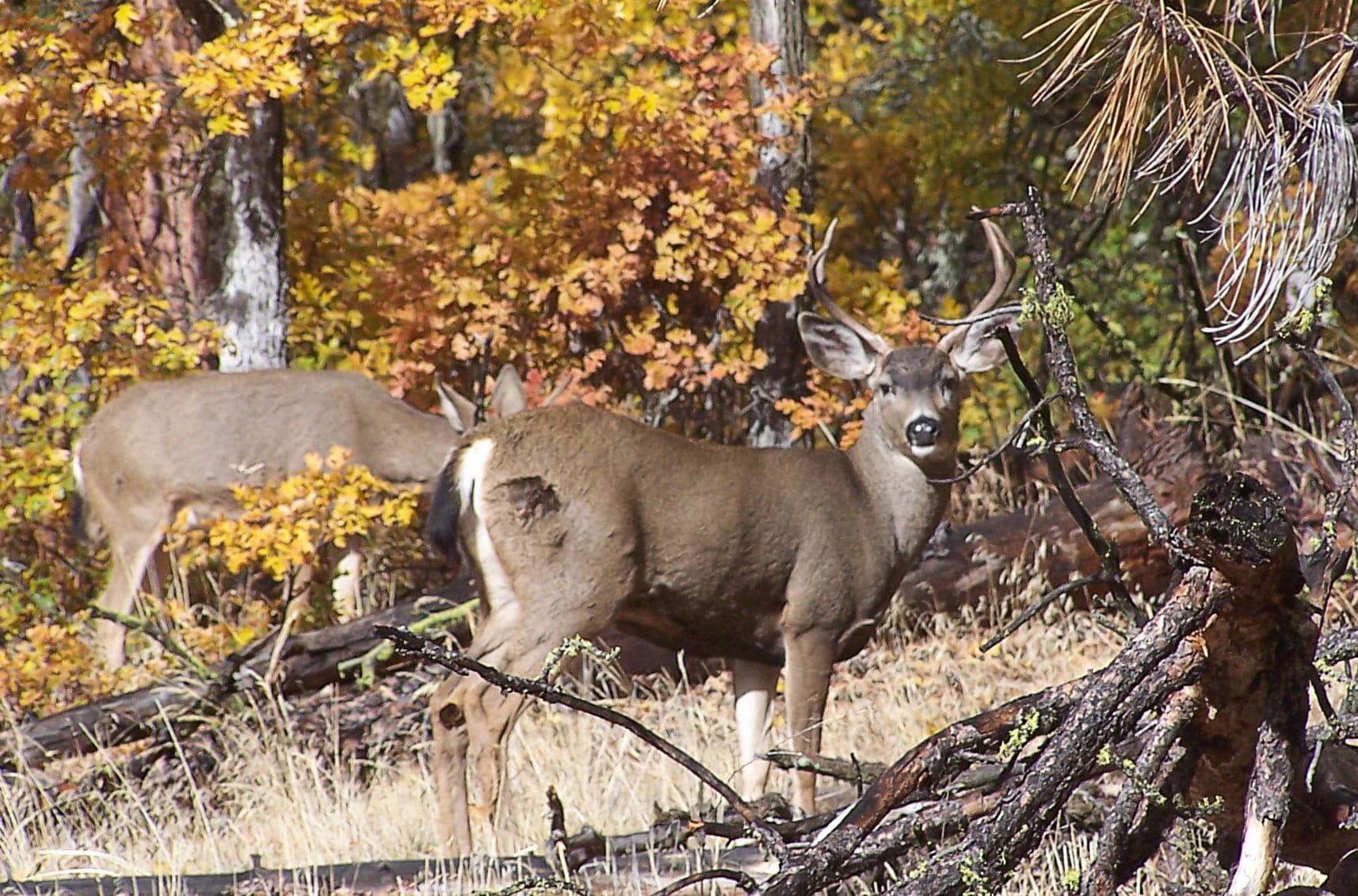“Anecdotal reports consistently state that there were many more deer in Region 5 (South west Washington) during those years,” said Eric Holman, a state wildlife biologist and author of the local deer section of the annual report. “Given the changes in
habitat condition in the years that have followed, it is likely that these sentiments are correct.”
Holman said information compiled by the agency suggests a slow decline in the deer population of Southwest Washington.
To wit:
o Hunter success rates over the past 11 years have declined from approximately 19 percent to 16 percent.
o Hunter days per kill has edged upwards from roughly 32 to 35 days during the same period.
o Total deer harvest has also declined from roughly 7,000 to 4,500 annually during
the same period.
Holman also said there are fewer hunters.
“The reduced harvest in recent years can be partially explained by a concurrent reduction in hunters,” he said. “In the past 11 years deer hunters in the six Southwest Washington counties have declined from approximately 34,000 to 28,000.”
Monitoring methods have changed over time and meaningful comparisons of the current deer population and those of the past are not possible, he said.
But he has no doubt there are fewer deer.
And, not only are the numbers down, the distribution of deer has shifted with more in the low-elevation units like Washougal, Coweeman and Ryderwood and fewer in high-elevation units in the Cascade Mountains.
Given all that, what’s the hunting outlook for 2013?
At least average, Holman said.
The annual March survey in Klickitat County tallied 49 fawns per 100 adults, which is the historical average.
The three Klickitat County game units — West Klickitat, Grayback and East Klickitat — are managed with 3-point antler minimums. Grayback and East Klickitat produce about 400 bucks per unit for hunters and West Klickitat about 250 bucks.
“These are 3-points, 4-points or better,” he said. “They are nice animals. We hear from people that they like seeing some bigger animals and they’ll send us pictures of a nice deer they shot.”
Winter was average in Klickitat County and there is no reasons to expect a big decline or increase in deer numbers, he added.
In the Cascades and on the west side of the mountains, the department has less data.
“We don’t have the quantifiable stuff because it’s so darn difficult to see the deer,” Holman said. “Anybody who hunts these things understands that.”
Night spotlight surveys in northern Clark County have counted typical to good numbers of animals.
“We had a mild winter and a relatively pleasant warm and dry spring, which is not common here,” he said. “It should be at least average. It should be OK.”
Dave Ware, game manager for the Department of Fish and Wildlife in Olympia, said last weekend’s winds and rain have improved deer hunting conditions.
“Recent storms have helped to quiet hunters’ footsteps in the forest and blow leaves off the trees for better visibility,” Ware said. “Those are all very positive signs for upcoming seasons.”
Hunters often grumble in-season about not seeing deer, then the post-season surveys show sportsmen killed about the same number of animals as a year ago.
“It’s amazing how consistent it is,” Holman said.




